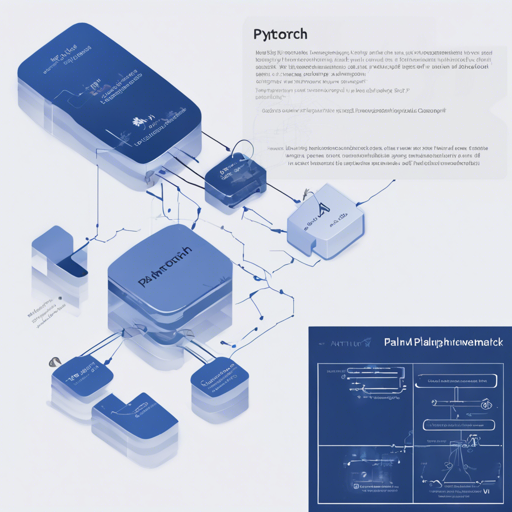Welcome to the world of advanced language modeling! In this article, we will explore how to implement the PaLM architecture using PyTorch, a cutting-edge transformer model that is pushing the boundaries of what’s possible in natural language processing. We’ll break down the installation, usage, and provide some troubleshooting tips to help you along the way.
What is PaLM?
PaLM, or Pathways Language Model, is a state-of-the-art transformer architecture developed for language tasks. It aims to showcase how simple yet powerful such models can be. With its recent advancements, PaLM is becoming a cornerstone in the language modeling landscape.
Installation
To get started, you’ll need to install the PaLM-PyTorch package. Here’s how to do it:
bash
$ pip install PaLM-pytorch
Usage
Once you have successfully installed the package, using PaLM is straightforward. Here’s a simple way to set up and run the model:
python
import torch
from palm_pytorch import PaLM
palm = PaLM(
num_tokens = 20000,
dim = 512,
depth = 12,
heads = 8,
dim_head = 64,
)
tokens = torch.randint(0, 20000, (1, 2048))
logits = palm(tokens) # (1, 2048, 20000)
Scaling Up!
If you want to implement the large variant of PaLM that processes 540 billion parameters, the following code can be used:
python
palm = PaLM(
num_tokens = 256000,
dim = 18432,
depth = 118,
heads = 48,
dim_head = 256
)
Understanding the Code: An Analogy
Imagine constructing a huge library filled with books (the data). Each section represents a different category (depth), while the shelves (heads) hold the books in an organized manner. The dimensions (dim and dim_head) define the size and capacity of your library. Your library needs to be well-structured to efficiently handle the influx of readers (tokens) looking for information, and that’s where the PaLM architecture shines. Just like a library manager optimizes space, PaLM optimizes how information is processed and retrieved.
Testing the Model
To test the implementation of your model, you can run:
bash
$ python train.py
Troubleshooting Tips
If you encounter any issues during installation or execution, here are some troubleshooting ideas:
- Ensure you have the latest version of PyTorch installed.
- Check for any typos in your code – a small error can lead to big problems!
- Review the input dimensions and make sure they match the expected values.
- If you are running into memory errors, try reducing the dimension or batch size.
For more insights, updates, or to collaborate on AI development projects, stay connected with fxis.ai.
Conclusion
By following these steps, you should be able to successfully implement the PaLM architecture using PyTorch. At fxis.ai, we believe that such advancements are crucial for the future of AI, as they enable more comprehensive and effective solutions. Our team is continually exploring new methodologies to push the envelope in artificial intelligence, ensuring that our clients benefit from the latest technological innovations.

